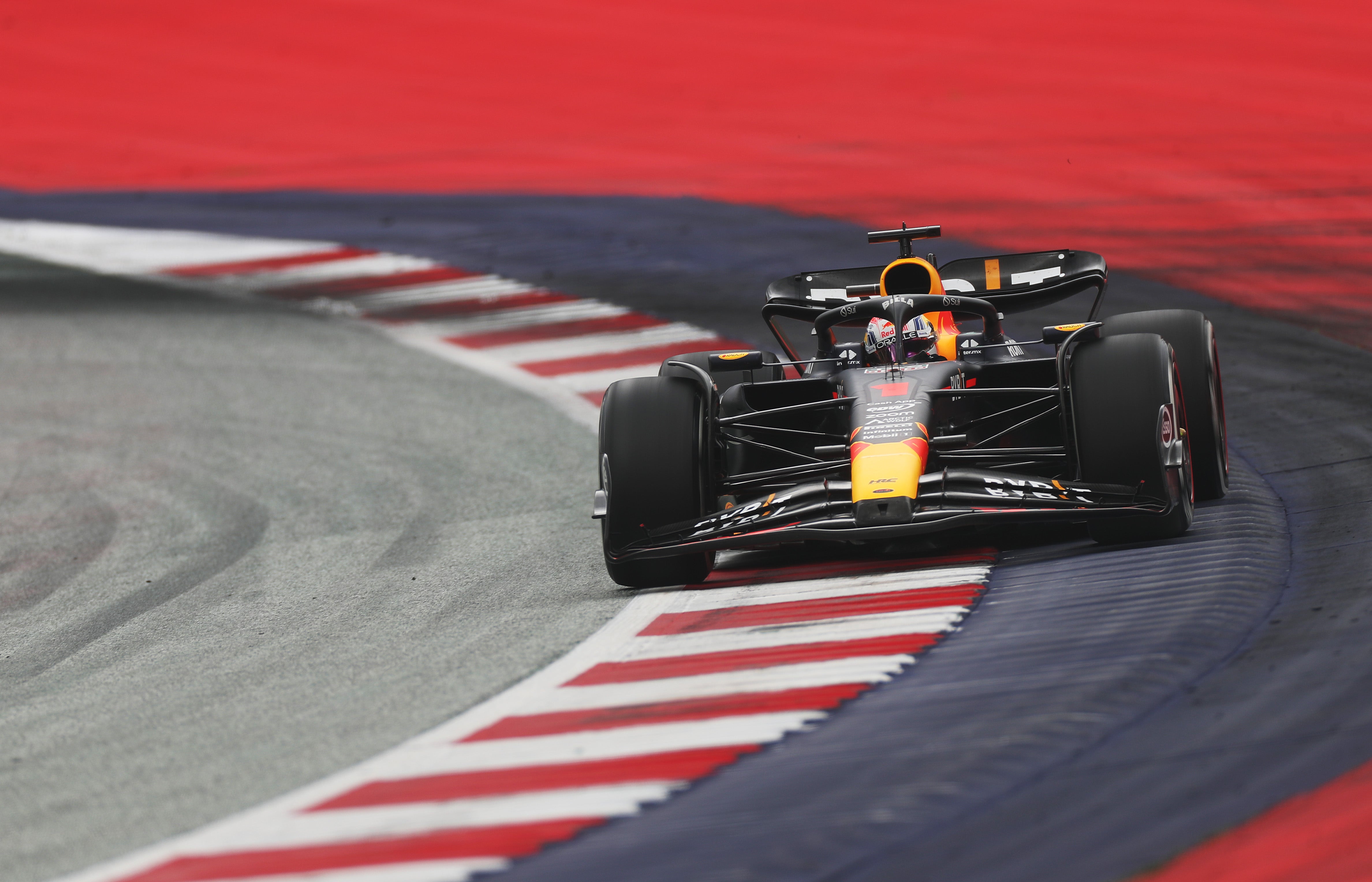F1 descends into farce again after Austria results shake-up – the FIA has to be better
The changing of positions five hours after the Austrian Grand Prix – due to a raft of time penalties – was farcical and will drive fans away from the sport

It was long after the chequered flag was waved at the Red Bull Ring on Sunday when Lando Norris, buoyed by a positive weekend in his upgraded McLaren, posted a selfie of his bare hand. A high-five for P5. Little did he know that, in the end, a finger needed to be withdrawn. Another Instagram picture comically corrected the initial post.
Because Norris had actually recorded his best result of the season in claiming fourth, after a shaking-up of the final classification of Sunday’s Austrian Grand Prix due to a raft of time penalties. Twelve drivers – including Lewis Hamilton and Carlos Sainz – were punished retrospectively, after 83 lap times in Sunday’s race were deleted due to the exceeding of track limits.
The scenario, which only concluded five hours after the race finished, has once again placed the spotlight on the FIA, the governing body of Formula 1. An appeal from Aston Martin triggered the farcical scenes to sign off a weekend in Spielberg typified by the absurdity of the track-limits issue at the final two corners of the track. The only salvation was that the podium and Max Verstappen’s win remained unchanged.
Qualifying on Friday was dominated by cars continuously extending the limits of the car beyond the white line. Sergio Perez, incredulously, fell foul three times in Q2, even after a host of warnings from his engineer and subsequently missed out on the top-10 shootout.
Sprint day on Saturday seemed less impacted by the issue, but only because of the wet conditions resulting in the drivers being more conservative in their driving style on the approach to turns 9 and 10. Come the grand prix a day later, the number of warnings, black-and-white flags and then time penalties rather overshadowed what was actually an enthralling 71-lap race.
Hamilton, exuding disbelief at the situation over team radio, was aghast at the notion that only he was being punished. Ultimately with the late result change, nobody escaped. Esteban Ocon, for instance, had an astonishing 30 seconds added to his final time, seemingly driving a completely different configuration altogether.
There are a few problems at play here. Firstly, the issue of cars consistently crossing the white line at the end of the lap. The Red Bull Ring, which has been a fixture on the F1 schedule since 2014 and on Sunday extended its contract until 2030, is the shortest track on the calendar. A fact which should encourage captivating battles, both on track and on the timesheets.
Instead, it is the circuit most prone to ignominy with the deletion of lap times. Practically, it can be avoided too. Last year, a gravel trap on the outside of the final turn – as opposed to sections of run-off area – was recommended by the race director. Such an addition would encourage drivers to be more cautious on the approach and thus more likely to stay within the white lines.
Such an improvement must be made next year.

Yet more so than the track-limits discussion itself, what is particularly concerning for the sport in the long-term is the changing of the result hours after the race has ended. We have been here before, too.
In March, the second race of the season in Saudi Arabia saw Fernando Alonso’s third place reinstated past midnight local time, rendering George Russell’s experience on the podium redundant. A fortnight later in Australia, a chaotic race saw post-race appeals drag the race result into uncertainty for a matter of weeks, with Ferrari appealing a late penalty for Sainz.
The FIA and F1, two distinctly different enterprises but reliant in many ways on one another, are not the best of friends at the moment. Ideally, they would work perfectly in harmony but on the contrary, the divide is stark, as illustrated by Formula 1 calling out FIA president Mohammed Ben Sulayem in the off-season for opining on F1’s market value in the wake of takeover rumours from Saudi Arabia.
All of it points towards a situation where the whole operation and system of work must improve. There is an argument that it could be completely scratched and revamped – and perhaps both parties could work towards this after the 2023 season.
But something has to change. The net result of more ridiculous scenes such as Sunday night’s result change will be spectators turning away from the sport. The influx of fans in the past few years, due to Netflix, the 2021 season and more races than ever before, will be completely undone if those watching cannot fully trust the finality of the chequered flag.
The sport’s marketeers have done so well to be ahead of the curve as it enjoys a period of unprecedented popularity. Now the executives themselves must improve their processes in correlation.



Join our commenting forum
Join thought-provoking conversations, follow other Independent readers and see their replies
Comments